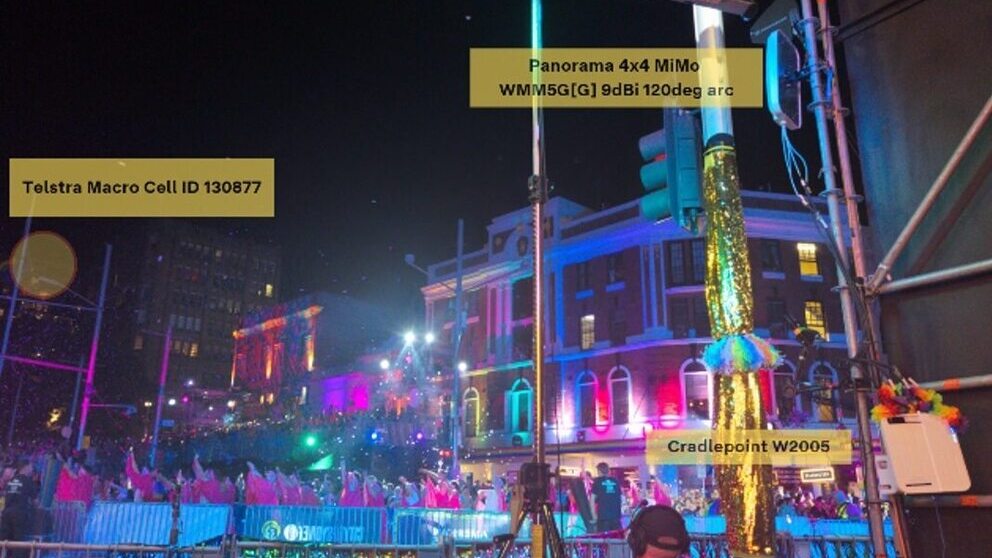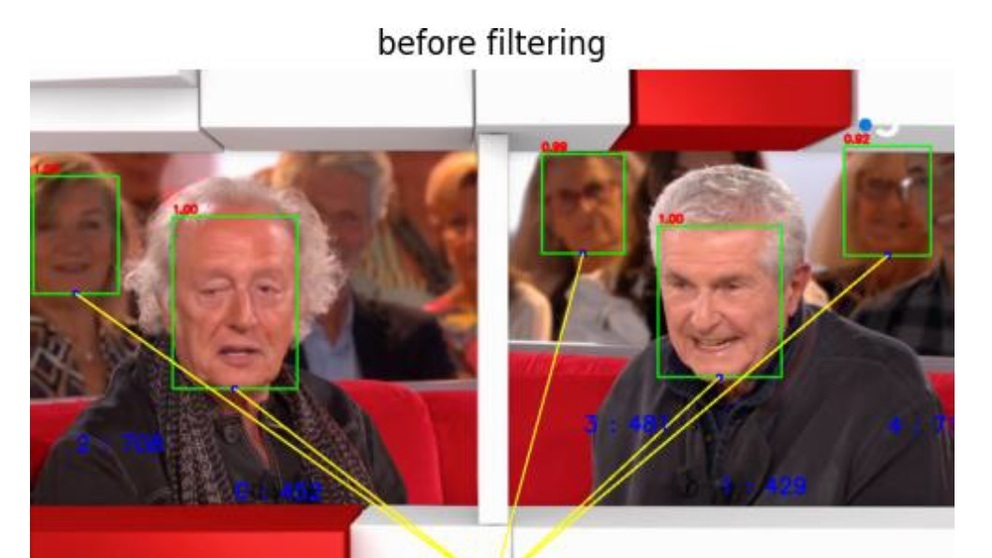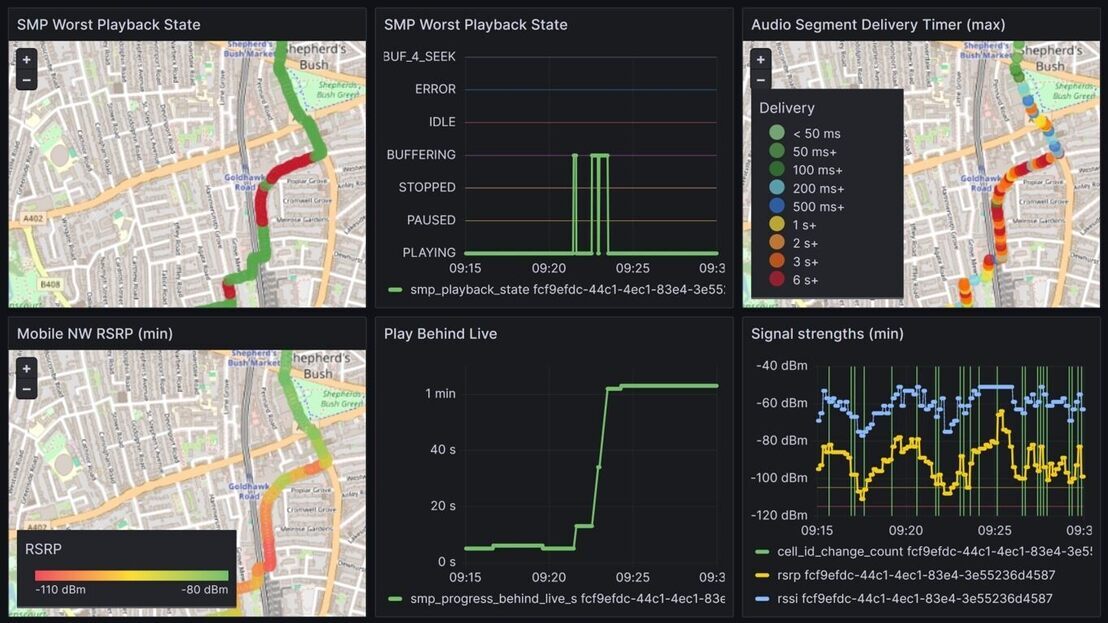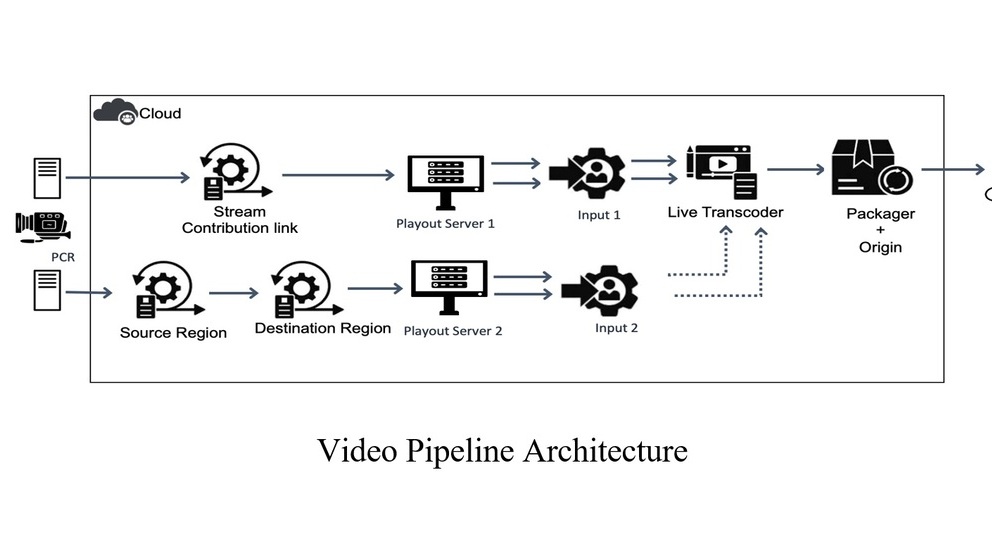The paper focuses on assessing the real-world quality of experience and investigates how this correlates with existing definitions of mobile coverage, which may be more general in nature.
Audio apps from broadcasters give access to the widest possible range of both live radio stations and on-demand content. Listening live and on the move, for example as a pedestrian or in a car, is almost certainly delivered by mobile networks.
In Project Timbre, data is being collected from around twenty standard, off the-shelf mobile phones to examine the performance of live audio streaming over today’s mobile networks. The project focusses on assessing the real-world quality of experience and investigates how this correlates with existing definitions of mobile coverage, which may be more general in nature.
The following paper analyses...
You are not signed in.
Only registered users can view this article.

IET announce Best of IBC Technical Papers
The IET have announced the publication of The best of IET and IBC 2024 from IBC2024, once again showcasing the groundbreaking research presented through the papers. The papers have been selected by IBC’s Technical Papers Committee for being novel, topical, analytical and well-written and which have the potential to make a significant impact upon the media industry. 327 papers were submitted this year, and after a rigorous selection process this publication features the ten papers deemed by the judges to be the best.

Technical Papers 2024 Session: 5G Case Studies – public network slicing trials and striving for low latency
In this session from IBC2024, Telestra Broadcast Service and the BBC present their work 5G Case Studies as part of the IBC Technical Papers.

Technical Papers 2024 Session: AI in Production – training and targeting
In this session from IBC2024, three authors from NHK, Viaccess-Orca and European Broadcasting Union present their work on the application of AI to media production as part of the IBC Technical Papers.

Technical Papers 2024: Audio & Speech – advances in production
In this session from IBC2024, two authors present their work on Audio Description and implementing Audio Definition Model as part of the IBC Technical Papers.

Technical Papers 2024 Session: Advances in Video Coding – encoder optimisations and film grain
In this session from IBC2024, IMAX, MediaKind, Fraunhofer HHI and Ericsson present their work on video coding, as part of the IBC Technical Papers




